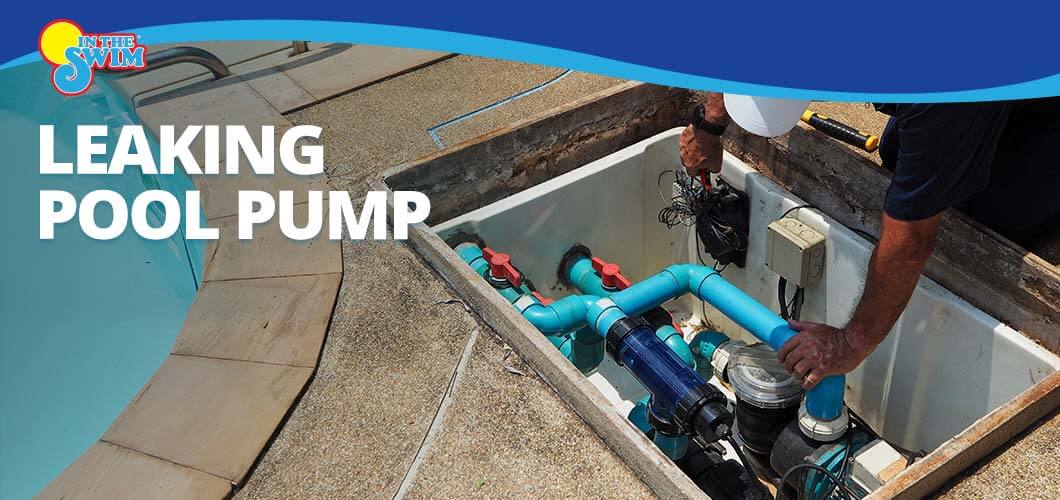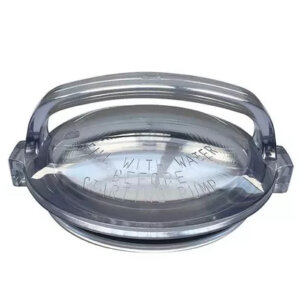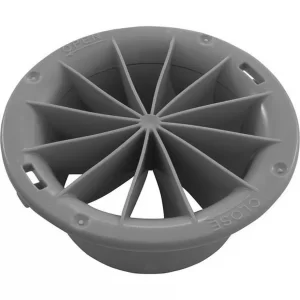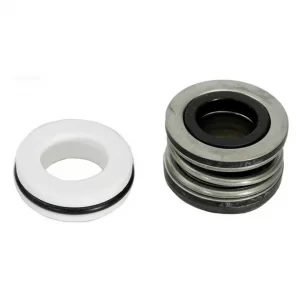Pool Filter Flange Continues to Leak After O Ring Replacement

A leaking pool pump can make even the most seasoned pool owner nervous. Pool pumps are expensive pieces of equipment, and it's easy to fear the worst when yours has a leak. But finding a pump leak is not a guaranteed disaster, oftentimes there is a simple fix.
Whether your pump has a small leak, or has turned into Old Faithful, we can help you resolve the problem! This guide will teach you how to identify the three most common types of pool pump leaks, and how to fix them.
Suction Side Pool Pump Leaks
Before we explain how to find a suction side leak, there are some important technical details to know. First, the suction side of your pump basically refers to any parts or equipment before the actual pump itself. Second, the most common type of suction side leaks are air leaks. While you may experience actual leaking water in some instances, you will typically be dealing with some sort of air leak. Furthermore, you probably won't spot a suction side leak when the pump is running. When the pump is on, the force of the water is so great that it doesn't have time to leak out. But when the pump is turned off, the water is no longer moving, giving it the chance to leak out of any cracks.
The first thing to check for if you suspect a leak is air bubbles. While your pump is running, check the water in the pump strainer basket for any bubbles. If you notice bubbles in the water, this means you have a leak on the suction side of your pump.
Don't feel overwhelmed at the thought of finding and fixing a suction side leak. You will need to do some detective work, but thankfully, if you work through checking the areas listed below, you'll have the problem solved in no time.
Low Water Level
If we had to pick our preferred cause for a leaking pool pump, it would definitely be low water level! Checking your pool's water level is the first thing to do when identifying if you have a suction side leak. An insufficient water level allows air to get into the skimmer, and then travel into the pump. Your pool's water level should cover roughly half of the skimmer intake. If your water level is low, all you need to do is turn your backyard hose on, and toss it into your pool for a bit.
SAFETY TIP: Before inspecting the following areas for leaks, be sure to turn off the power to your pump at the breaker box!
Pump Strainer Lid
The next area to inspect is the pump strainer lid. Check the lid for any cracks or worn out sections. If the lid has a crack, it's best to replace it. You can patch up the crack, but chances are that the patch will eventually fail and the crack will return.
In addition to looking at the strainer lid, check out the o-ring underneath. The o-ring is an important part of the lid's function, as it is responsible for tightly sealing the lid. If the o-ring is broken or worn down, it's best to replace it. If the o-ring is still in good shape, clean it off and apply some lubricant to it.
Cracked PVC & Valves
After checking the pump lid, take your detective skills to the PVC pipes and valves. The pipes are responsible for bringing your pool water into the pump. To determine if the leak is in the pipes or valves, simply pour a bit of water over the pipes and valves, and watch for bubbles. If you see bubbles, you will need to replace the pipes and valves, or repair the pipe/valve seal.
Strainer Basket Plug
While this is a minor part of your pump, it can still create a problem for you. The quickest way to fix a strainer basket plug concern is to replace the o-ring.
Discharge Side Pool Pump Leaks
Now that we have gone over how to inspect the suction side of your pump for leaks, let's head over to the discharge side. The discharge side, sometimes called the pressure side, is the section of your pump where water gets pumped back out into your pool. Unlike the suction side, leaks in the discharge side are likely to be water leaks, not air leaks. Leaks on this side of your pump can be a bit easier to notice and pinpoint due to the high level of pressure involved. The pressurized water will leak out of any weakened or cracked area.
Signs of a discharge side leak include:
- Dripping or spraying water around pipe fittings
- Water puddles underneath the pump.
- In extreme cases, a decreased pool water level.
Impeller
One of the first places to look when identifying a discharge side leak is the impeller. Located on the pump's motor shaft, the impeller is responsible for creating water pressure. The impeller can get damaged due to debris obstruction, or from age and use, resulting in a leak. Take the motor off the pump to assess the condition of your impeller, and remove any obstructions. Replace the impeller if it is broken.
Housing O-Ring or Gasket
A strong seal between the pump housing and the motor is necessary to avoid a leaking pool pump. If a leak is present in this junction, replace the housing o-ring and gasket, as well as the diffuser o-ring.
Discharge Pipe
The most common cause of a leaking discharge pipe is an ill-fitting seal or shrunken pipes. If your pump has Schedule 40 PVC pipes, it is common to see pipe shrinkage due to excessive heat. Replace the Schedule 40 pipes with Schedule 80 pipes at both the suction and discharge ends.
Pump Housing
If you have inspected and ruled out the problem areas listed above, you're likely dealing with a crack in the pump itself. Unfortunately, housing repairs are rarely successful due to the amount of pressure inside the pump. If you have a new pump, you can replace just the housing itself. But if your pump is older, it's a good idea to replace the entire pump.
Shaft Seal
If your suction and discharge sides are working in tip top shape, but you're still dealing with a leaking pool pump, the final place to check is the shaft seal. This seal, which sits between the pump motor and impeller, is important because it keeps water out of the motor. If this seal fails, water can leak into the motor, causing motor failure. To verify that this area is the source of your leak, listen for unusual sounds coming from your pump. This can be a sign that the inner motor bearings are trying to work in the water.
As long as the motor doesn't have water damage, all you need to do is replace the shaft seal. If the motor has water damage, you will need to replace both the motor and the shaft seal.
Leaking pool pumps can be a real hassle! However, all you need to do to resolve the issue is figure out what part of your pump needs to be repaired. Using this guide, systematically check your pump, resolve the issue, and get back to enjoying your beautiful pool.
Source: https://blog.intheswim.com/leaking-pool-pump/
0 Response to "Pool Filter Flange Continues to Leak After O Ring Replacement"
Post a Comment